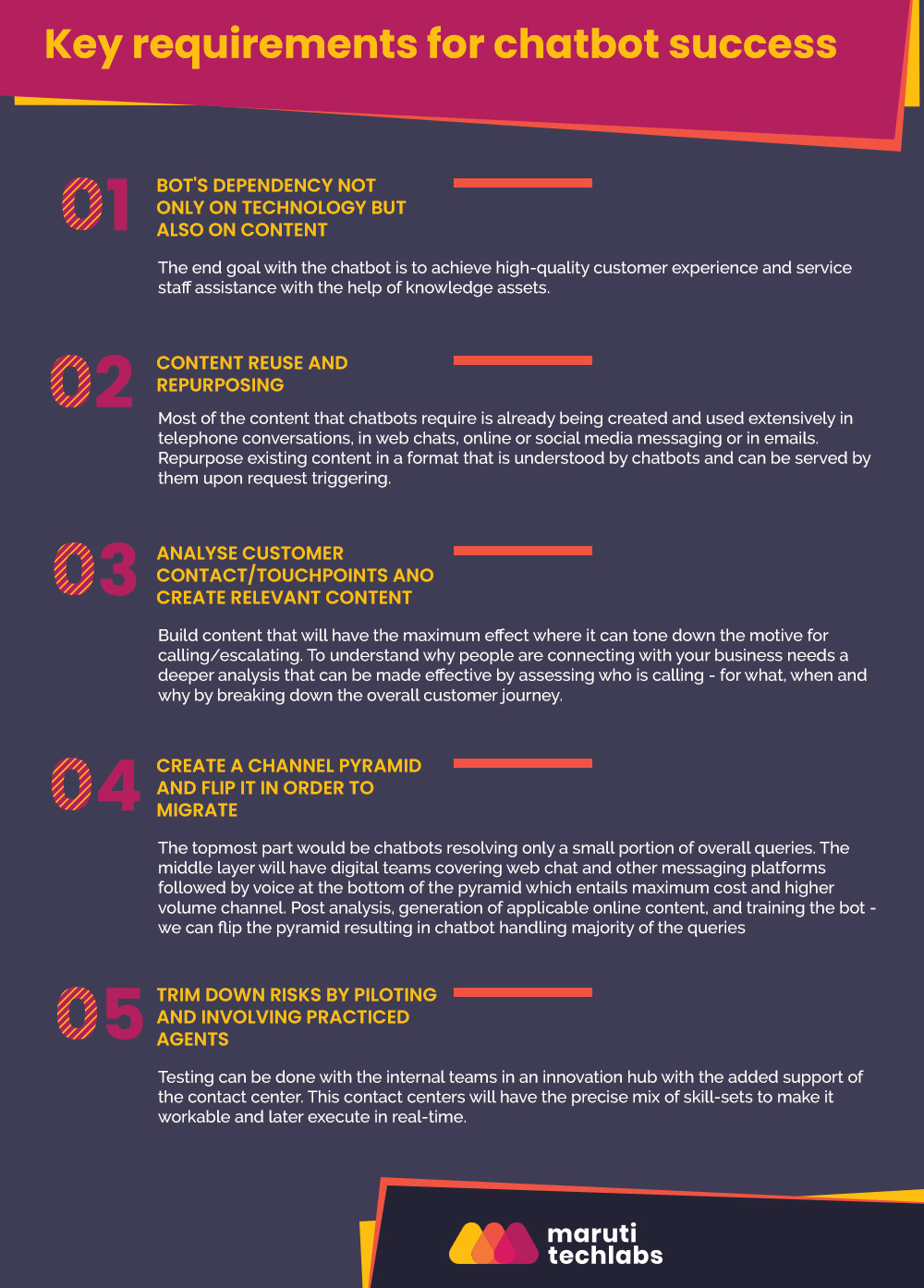Creating a chatbot requires careful planning and documentation. A chatbot requirements document template can help you gather and organize the necessary information to ensure that your chatbot meets the needs of your users and your business. This template provides a structured approach to capturing the essential details, such as the chatbot’s purpose, functionality, and user interface design.

Defining the Chatbot’s Purpose and Objectives
Start by clearly defining the purpose and objectives of your chatbot. This will help you identify the specific tasks that the chatbot will be responsible for, such as answering customer questions, generating leads, or providing product recommendations. Once you have a clear understanding of the chatbot’s purpose, you can begin to gather the necessary requirements.
Consider the target audience for your chatbot and their expectations. Identify the user personas and their specific needs. Based on this information, determine the chatbot’s desired tone of voice, personality, and communication style. Define the scope of the chatbot’s functionality, including the specific tasks it will be able to perform and any limitations.
Establish clear performance metrics to measure the chatbot’s success. This could include metrics such as user satisfaction, task completion rate, or lead generation rate. By defining these metrics upfront, you will be able to track the chatbot’s performance and make adjustments as needed.
Designing the Chatbot’s User Interface and Experience
The user interface (UI) of your chatbot is crucial for ensuring a positive user experience. Consider the chatbot’s platform and the design elements that are appropriate for that platform. Define the chatbot’s visual appearance, including the color scheme, typography, and overall layout. Ensure that the UI is intuitive and easy to navigate.
Plan the conversational flow of the chatbot, including how it will handle different user queries and requests. Define the chatbot’s responses and the actions it will take based on user input. Consider using natural language processing (NLP) to enable the chatbot to understand and respond to user queries in a natural and human-like manner.
Establish guidelines for handling errors and exceptions, ensuring that the chatbot provides helpful responses and guidance to users when encountering unexpected situations.
Conclusion
A chatbot requirements document template provides a comprehensive framework for gathering and organizing the essential information needed to design and develop an effective chatbot. By carefully defining the chatbot’s purpose, functionality, and user interface, you can create a chatbot that meets the needs of your users and your business.
Regularly review and update the chatbot requirements document to ensure that it remains consistent with the evolving needs of your users and your business. This will help you maintain a high level of quality and performance for your chatbot, ensuring that it continues to provide a positive user experience and achieve its intended objectives.
